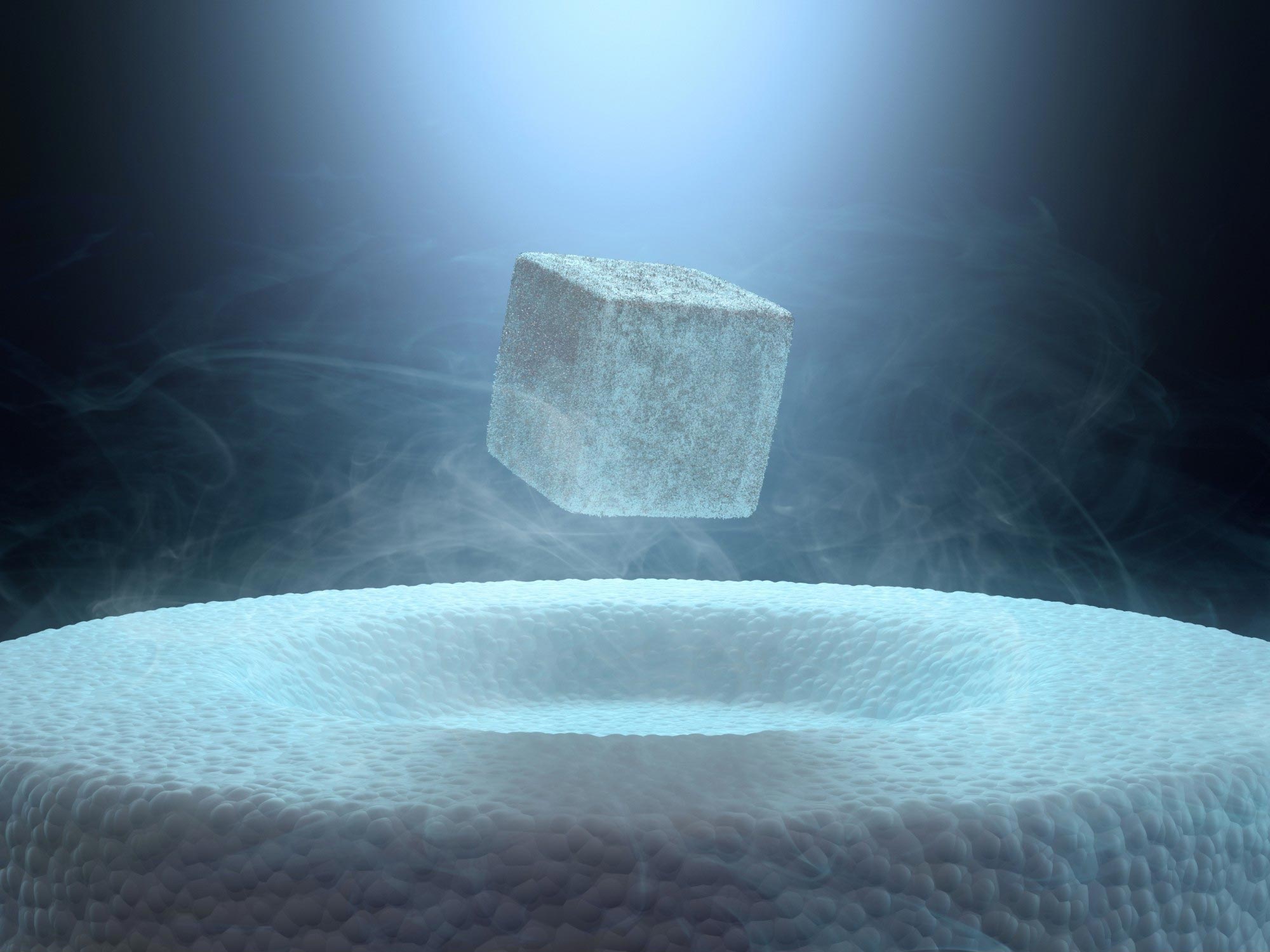
Forscher der TU Wien und Universitäten in Japan ermittelten mit Computersimulationen die „goldene Region“ für optimale Supraleitung. Diese Region, in der die Wechselwirkung zwischen Elektronen stark, aber nicht sehr stark ist, wird von einer neuen Materialklasse namens Palladate erreicht, die eine neue Ära der Supraleitungsforschung einleiten könnte.
Die TU Wien hat Berechnungen durchgeführt, die auf die Verwendung von Palladiummetall als „Goldlöckchen“-Material hindeuten, um Supraleiter herzustellen, die auch bei relativ hohen Temperaturen supraleitend bleiben.
Im Bereich der modernen Physik ist ein aufregendes Unterfangen im Gange: die Bestimmung der optimalen Methode zur Herstellung von Supraleitern, die die Supraleitung bei hohen Umgebungstemperaturen und -drücken aufrechterhalten. Dieses Bestreben wurde in jüngster Zeit durch das Aufkommen von Nickel wiederbelebt, das eine neue Ära der Supraleitung einleitete.
Die Basis dieser Supraleiter liegt in Nickel, weshalb viele Wissenschaftler diese Periode der Supraleitungsforschung als „Nickelzeitalter“ bezeichnen. Nickel ähnelt in vielerlei Hinsicht Kupfer, das in den 1980er Jahren gefunden wurde und auf Kupfer basiert.
Doch jetzt kommt eine neue Klasse von Materialien ins Spiel: In Zusammenarbeit der TU Wien mit Universitäten in Japan ist es gelungen, das Verhalten verschiedener Materialien genauer als bisher am Computer zu simulieren.
Es gibt eine „Goldlöckchen-Zone“, in der die Supraleitung gut funktioniert. Und dieser Bereich wird weder mit Nickel noch mit Kupfer erreicht, sondern mit Palladium. Dies könnte ein „neues Zeitalter der Wohnungen“ in der Supraleitungsforschung einläuten. Die Ergebnisse wurden nun in der Fachzeitschrift veröffentlicht
The search for higher transition temperatures
At high temperatures, superconductors behave very similarly to other conducting materials. But when they are cooled below a certain “critical temperature”, they change dramatically: their electrical resistance disappears completely and suddenly they can conduct electricity without any loss. This limit, at which a material changes between a superconducting and a normally conducting state, is called the “critical temperature”.
“We have now been able to calculate this “critical temperature” for a whole range of materials. With our modeling on high-performance computers, we were able to predict the phase diagram of nickelate superconductivity with a high degree of accuracy, as the experiments then showed later,” says Prof. Karsten Held from the Institute of Solid State Physics at TU Wien.
Many materials become superconducting only just above absolute zero (-273.15°C), while others retain their superconducting properties even at much higher temperatures. A superconductor that still remains superconducting at normal room temperature and normal atmospheric pressure would fundamentally revolutionize the way we generate, transport, and use electricity. However, such a material has not yet been discovered.
Nevertheless, high-temperature superconductors, including those from the cuprate class, play an important role in technology – for example, in the transmission of large currents or in the production of extremely strong magnetic fields.
Copper? Nickel? Or Palladium?
The search for the best possible superconducting materials is difficult: there are many different chemical elements that come into question. You can put them together in different structures, you can add tiny traces of other elements to optimize superconductivity. “To find suitable candidates, you have to understand on a quantum-physical level how the electrons interact with each other in the material,” says Prof. Karsten Held.
This showed that there is an optimum for the interaction strength of the electrons. The interaction must be strong, but also not too strong. There is a “golden zone” in between that makes it possible to achieve the highest transition temperatures.
Palladates as the optimal solution
This golden zone of medium interaction can be reached neither with cuprates nor with nickelates – but one can hit the bull’s eye with a new type of material: so-called palladates. “Palladium is directly one line below nickel in the periodic table. The properties are similar, but the electrons there are on average somewhat further away from the atomic nucleus and each other, so the electronic interaction is weaker,” says Karsten Held.
The model calculations show how to achieve optimal transition temperatures for palladium data. “The computational results are very promising,” says Karsten Held. “We hope that we can now use them to initiate experimental research. If we have a whole new, additional class of materials available with palladates to better understand superconductivity and to create even better superconductors, this could bring the entire research field forward.”
Reference: “Optimizing Superconductivity: From Cuprates via Nickelates to Palladates” by Motoharu Kitatani, Liang Si, Paul Worm, Jan M. Tomczak, Ryotaro Arita and Karsten Held, 20 April 2023, Physical Review Letters.
DOI: 10.1103/PhysRevLett.130.166002









